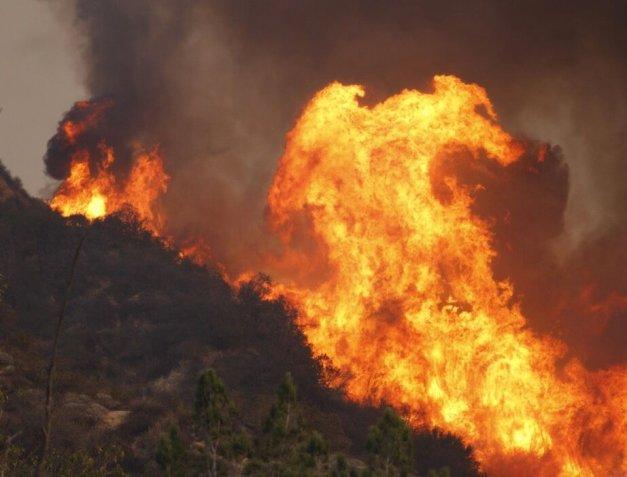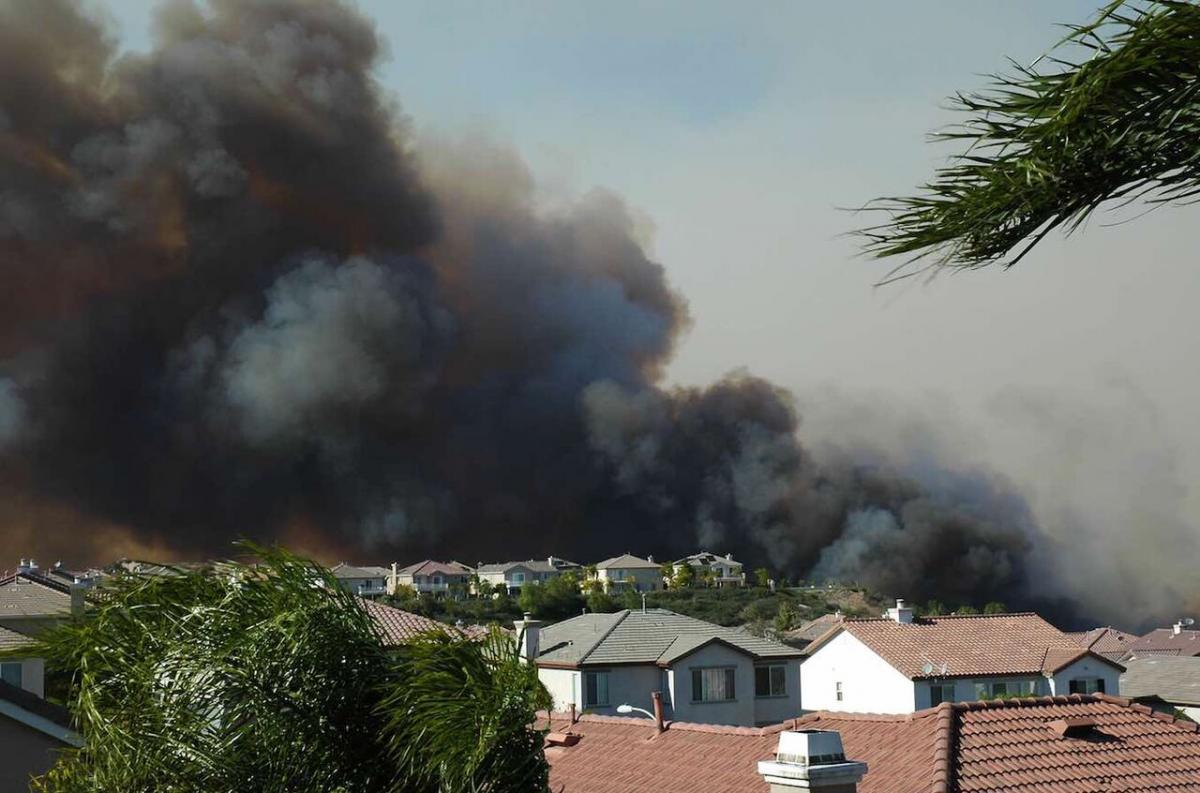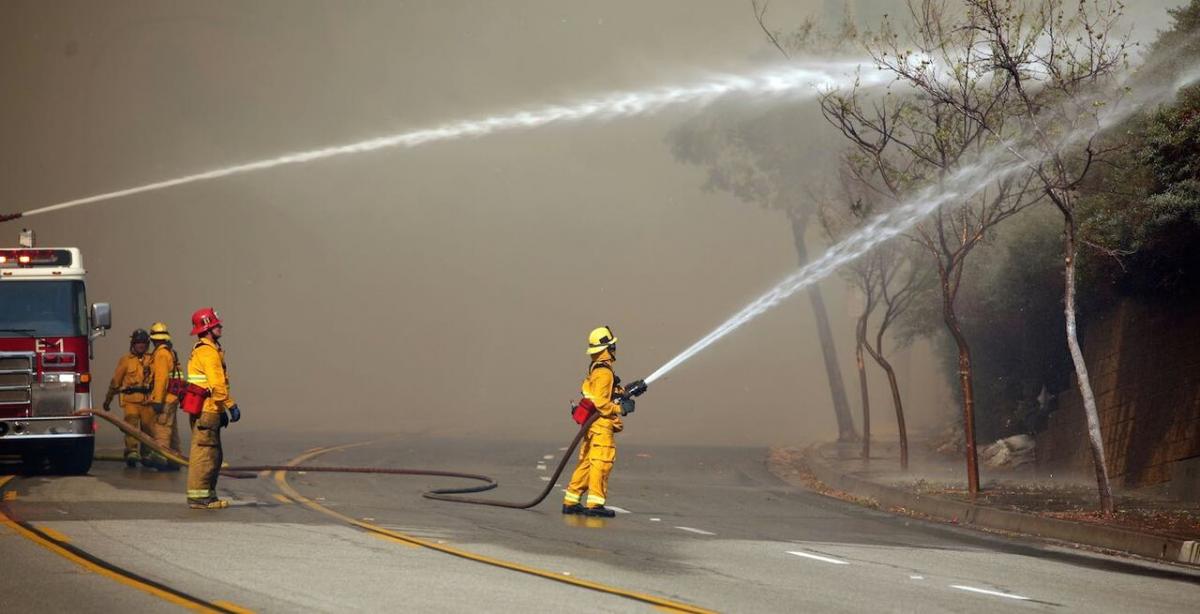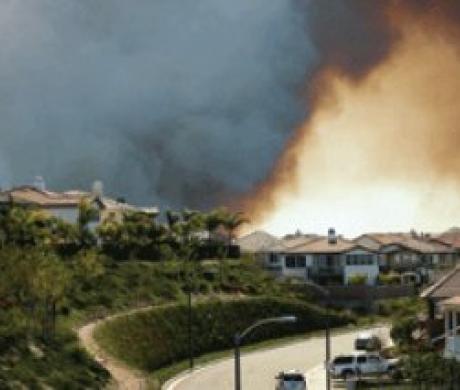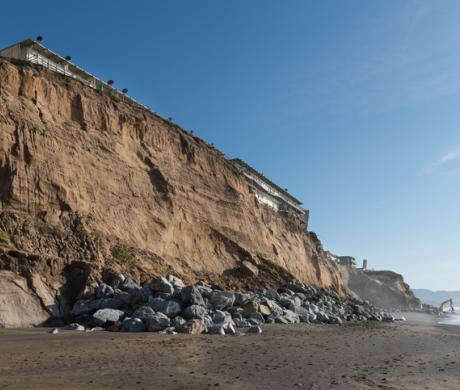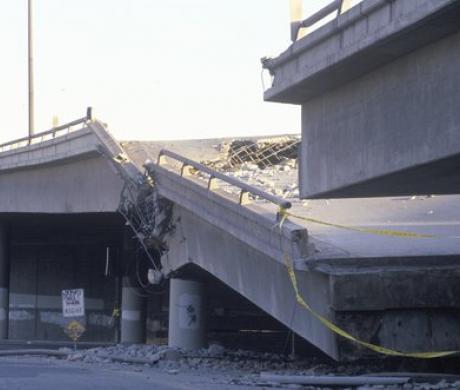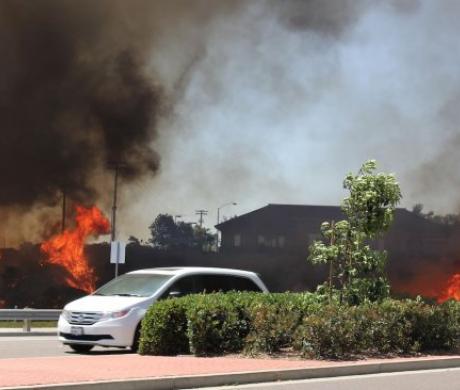Preparing Your Community for Fire Danger
One of the worst fire seasons in recent memory is scorching California, and four years of drought are complicating the challenges of fighting these fires.
Fire Season Expands
Before the current drought, fire season typically began in May and ended in early October. But the lack of moisture has turned much of the state into a tinderbox and created explosive fire conditions. In addition, higher temperatures are drying out the soil and air, increasing the likelihood of fires earlier in the year. Forests ravaged by bark beetles and drought provide plentiful fuel for wildfires. The combination of drought, higher temperatures and abundant dry vegetation means that California’s fire season is now a year-round phenomenon.
Unprecedented and Unpredictable
The state’s wildfires have increased in intensity and speed. The Rocky Fire in Northern California ignited nearly 70,000 acres between July 29 and Aug. 14 and exhibited “ultra-extreme” fire behavior. The fire burned so hot and fast that it created its own weather systems, including strong, unpredictable winds and fire “whirls,” or tornadoes of flame. Cal Fire reported that the Rocky Fire burned 20,000 acres in a five-hour period one night, which the California Weather Blog describes as “unprecedented for a fire burning in these fuels and in this part of the world.”
El Niño: A Wild Card in the Weather
El Niño, a weather phenomenon that occurs irregularly in the eastern tropical Pacific every few years, causes ocean surface temperatures to rise and sets into motion a chain of weather events. Climate experts report that a strong El Niño has developed this year, which has already brought more storms — and increased lightning strikes — to California. Although El Niño may produce much-needed rain this winter, it could also raise temperatures and potentially make 2016 one of the hottest years on record.
The Wildland-Urban Interface
Many California communities are built in places that take advantage of natural beauty and recreational opportunities. Areas where homes are built near or among lands prone to wildland fire are part of the wildland-urban interface. Depending on the location, fire departments might refer to wildland fires as brush fires, forest fires, rangeland fires or something else, but they are all part of the wildland-urban interface and all pose the same threat to local assets.
According to the National Fire Protection Association, the wildland-urban interface is not a place but a set of conditions that can exist in nearly every community. It can be a major subdivision or four homes on an open range. The wildland-urban interface conditions include:
- The amount, type and distribution of vegetation;
- The flammability of the structures (homes, businesses, outbuildings, decks and fences) in the area and their proximity to fire-prone vegetation and other combustible structures;
- Weather patterns and general climate conditions;
- Topography and hydrology;
- Average lot size; and
- Road configuration.
Embers Pose a Major Threat
Windblown embers are a major cause of concern in the wildland-urban interface. Most structures within the wildland-urban interface are not destroyed by direct flame contact but by fires from embers. Embers carried by winds over long distances may precede the fire front. These embers fall or are wind-driven into receptive fuels at structures, often going undetected for some time. As the fire front passes, these small embers may ignite fires that spread to a home and then jump from home to home in a neighborhood, turning a wildland fire into an urban inferno.
Ember-resistant construction and fire-safe landscaping can reduce the chances of a home fire caused by embers. California fire and building code changes that took effect Jan. 1, 2008, are designed to reduce fire risk by requiring that new construction include fire-retardant building materials and design elements, such as enclosed eaves that prevent sparks from flying into attics.
Resources for Local Communities
Although lightning strikes spark many wildfires, more than 95 percent are caused by people, according to the California Department of Forestry and Fire Protection (Cal Fire).
City officials and fire departments can tap into a number of resources designed to help educate the public about fire prevention and preparedness.
The Ready, Set, Go! Program (www.wild landfirersg.org/About/Learn-About-Ready-Set-Go), managed by the International Association of Fire Chiefs, seeks to develop and improve the dialogue between fire departments and the residents they serve. National studies have shown that firefighters are uniquely respected in their communities and can project a trusted voice in the public preparedness appeal. The program helps fire departments teach individuals who live in high-risk wildfire areas and the wildland-urban interface how to best prepare themselves and their properties against fire threats. The program materials can be customized for your community’s needs.
Cal Fire (www.fire.ca.gov/communications/communications_firesafety_100feet.php) offers a flyer, brochure, video, checklist and other items to help educate homeowners about the need for 100 feet of defensible space around their dwelling. Maintaining 100 feet of defensible space around homes in wildfire hazard areas helps keep flames away and gives firefighters a safer area in which to work.
Firewise Communities (www.firewise.org), a project of the National Fire Protection Association, encourages local solutions for safety by involving homeowners in taking individual responsibility for preparing their homes from the risk of wildfire. The program teaches people how to adapt to living with wildfire and encourages neighbors to work together and take action now to prevent losses. Firewise is a key component of Fire Adapted Communities (www.fireadapted.org), a collaborative approach that connects those who play a role in wildfire education, planning and action with comprehensive resources to help reduce risk. The USDA Forest Service, the U.S. Department of the Interior and the National Association of State Foresters co-sponsor the Firewise Communities program, which provides numerous practical tips and tools.
Conclusion
The threat of wildfire affects every city in California. I encourage you to work with your local Fire Department to reach out to residents during October, which is Fire Prevention Month, and take advantage of the resources described here. Together, we can help our communities prevent fires and be prepared when wildfire threatens.
Helpful Links
100 feet of defensible space around homes in the wildfire hazard areas helps keep flames away from homes and gives firefighters a safer area in which to work. http://www.fire.ca.gov/communications/communications_firesafety_100feet.php
Many forests have ample fuel for large fires. http://gacc.nifc.gov/oscc/predictive/fuels_fire-danger/myfiles/Fuels_Assessment.pdf
CalFire data show that 95 percent of wildfires are caused by people. http://abc7.com/weather/fire-season-begins-amid-high-heat-drought/773632/
Wildfire potential in California is and will remain above normal, especially in Southern California. http://www.predictiveservices.nifc.gov/outlooks/outlooks.htm
Prolonged drought is creating a year-round wildfire season in California. http://www.nbcnews.com/storyline/california-drought/california-drought-drives-stronger-longer-wildfire-season-n347671
Current drought monitor shows much of California is still gripped by exceptional or extreme drought. http://droughtmonitor.unl.edu/Home/StateDroughtMonitor.aspx?CA
During a wildfire, wind-driven ember showers, not direct flame contact, are the most common cause of structure fire ignitions, turning a wildland fire into an urban conflagration. http://www.wildlandfirersg.org/About/Wildland-Urban-Interface
Photo credits: Digital Media Pro/Shutterstock.com (wildfire); StacieStauffSmith Photos/Shutterstock.com (houses); Mikeledray/Shutterstock.com (firefighters)
This article appears in the October 2015 issue of
Western City
Did you like what you read here? Subscribe to Western City

